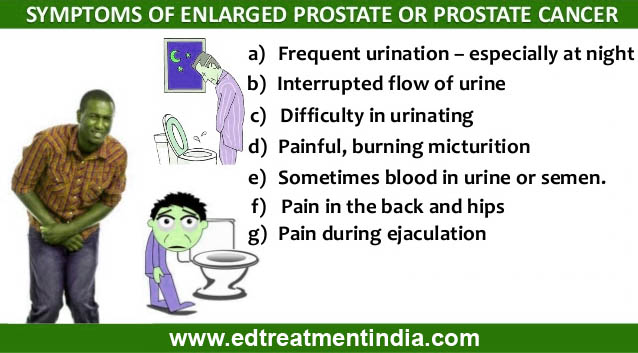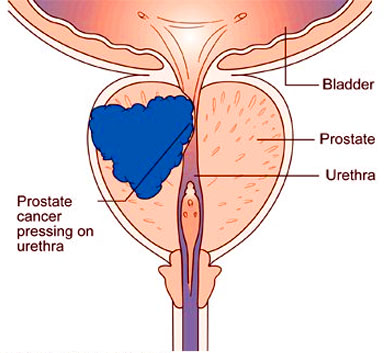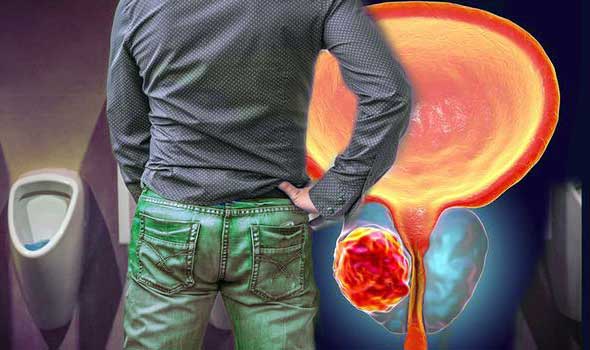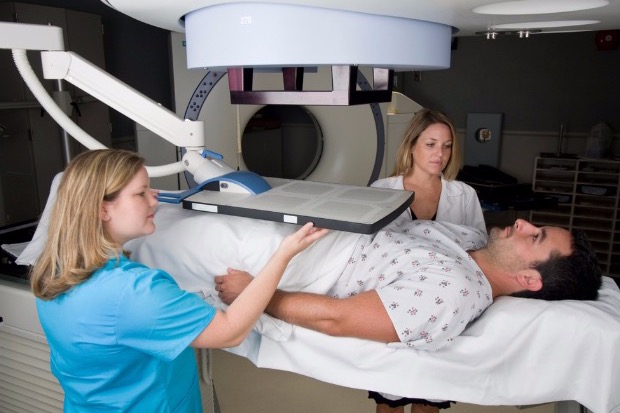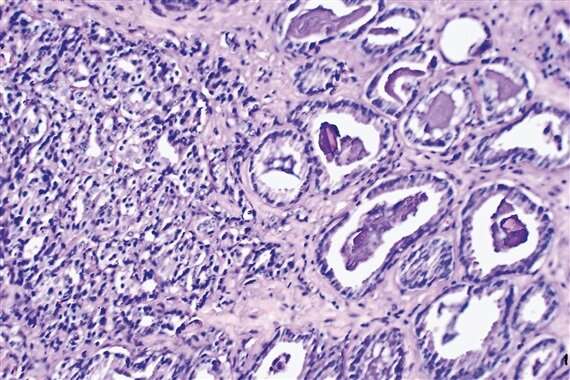DR. RUPIN SHAH Urologist/Andrologist
As a man ages, his prostate gland enlarges in size. Most of the times this growth is noncancerous (Benign Enlargement of the prostate – BPH), but in some patients, the cells becomes cancerous and develops into a prostatic cancer. The cancer cells divide without control or order. With time these cells can invade the nearby tissues or organs. Also the cancer cells can break away from the cancer tumor and can enter the Lymphatics, or the blood stream resulting in metastazis or tumor seedlings at other places such as bones, lungs, liver etc. This is how cancer spreads from original (primary) site to form new (secondary) tumors in the other organs. The prostatic cancer cells usually spreads locally in the lymphnodes, bladder and rectum and to the bones, lungs and liver.
WHAT IS THE INCIDENCE OF PROSTATE CANCER?
We are fortunate that prostate cancer per say is not common in Asian countries including India. It is the 3rd most common cancer in men as compared to the USA and Europe where the mortality in men is highest due to Prostate cancer.
95% Prostatic cancers are detected in the age group of 45- 89 years with the maximum incidence after 70 years of age. About 1-5% of prostatic cancers run in families
The relative risk factors are –
- Advanced age:
- Race: Asians are less prone than White and Black men.
- Family History of prostate cancer.
- Obesity 5.Dairy products
- Animal fats
- Incidence is higher in cadmium Industries.
EARLY DETECTION OF PROSTATE CANCER
To detect the cancer of the prostate early one must visit an Urologist at least every year after the age of 50. The urologist will ask you about your medical history and family history. Be sure to mention the medications you take such as finesterides ( finer, finest, finara) – which can affect the levels of PSA. You may have following symptoms which are common for the BPH as well as for the Cancer Prostate.
SYMPTOMS:
Prostate cancer often causes no symptoms in early stages. These symptoms which cancer prostate can cause includes –
- Painful or Burning urination
- Blood in the urine or semen
- Painful ejculation
- Low back ache or Bone pains
- Sometimes unexplained fractures of the bones (Pathological fractures)
- Poor appetite and weight loss
Only a qualified doctor or an Urologist with the help of certain basic investigations will be able to tell the causes of the symptoms.
After the initial examination your urologist will perform Digital rectal exanimation (DRE). In DRE the urologist inserts a lubricated, gloved finger in the rectum to feel the prostate through the rectal wall. The hard lumps in the prostate is suggestive of the cancer prostate. If the hard nodules are felt in the prostate then further tests such as Prostatic Biopsy under Ultrasound guidance is carried out.The other important screening test is PSA which also should be done yearly after the age of 50. PSA is a protein that is made only by prostatic cells, whether normal or cancerous, and is secreted into the blood. A high PSA value more than 4.0 ng/ml is a crude indicator of presence of the cancer in the prostate. The results between 4 ng/ml and l0 ng/ml are of concern and needs future evaluation. The results above 10 ng/ml gives a strong indication of prostate cancer and definitely needs further evaluation for the confirmation of the prostatic cancer.
The PSA test helps in the following way –
- For the early detection – screening for cancer prostate .
- To monitor the results of the different treatment modalities.
- To watch for the recurrences of the cancer after the initial treatment.
